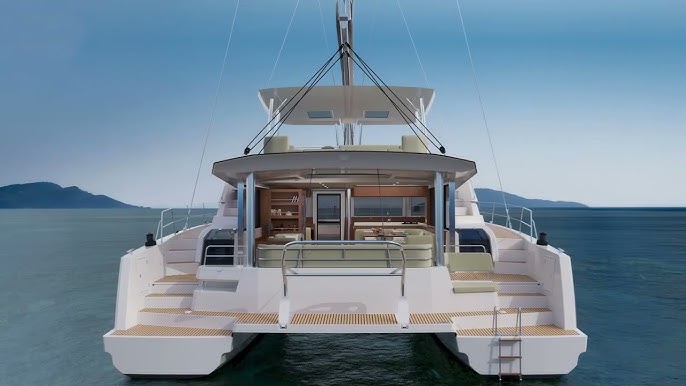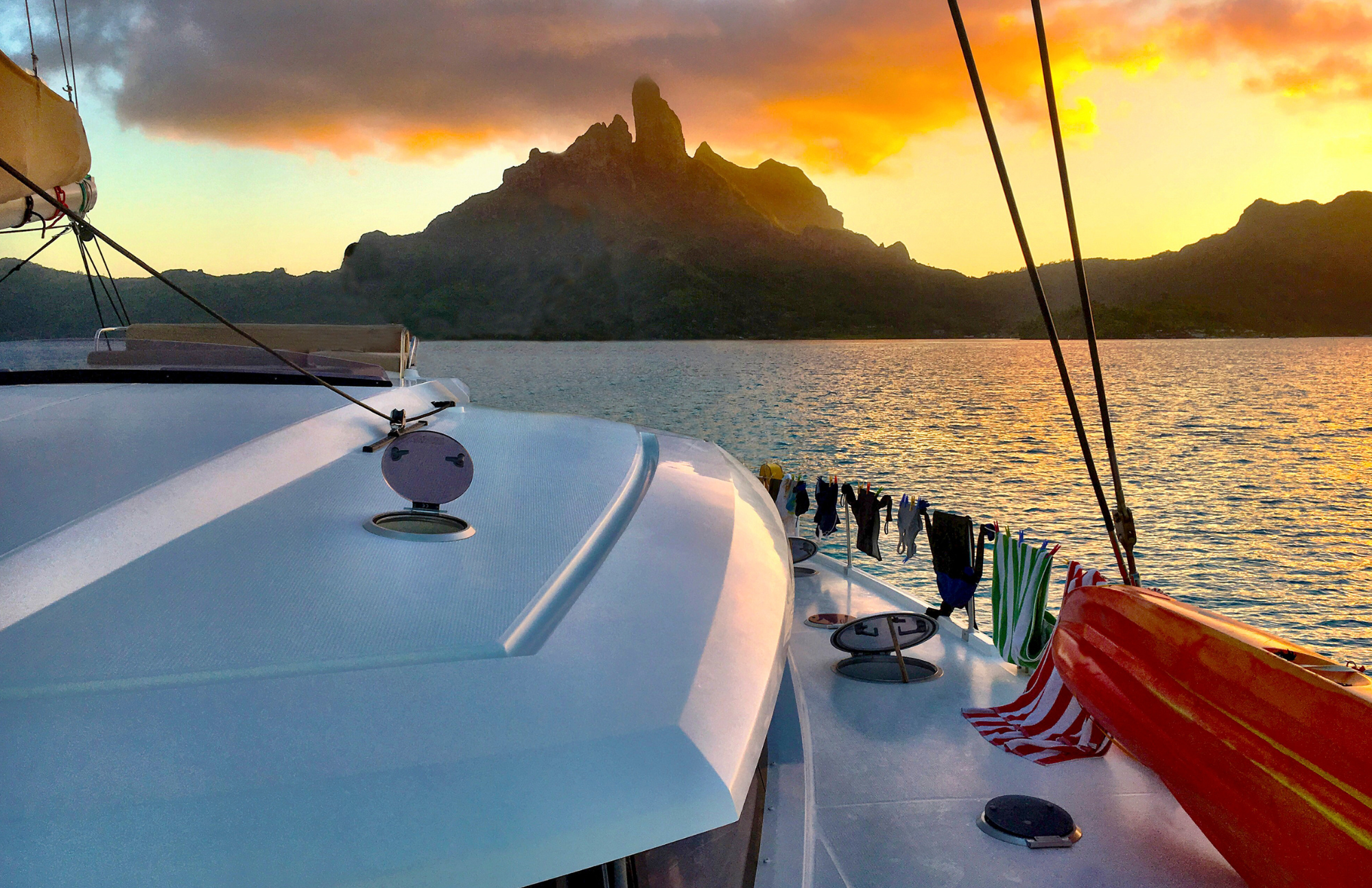Thinking about a week on a private catamaran—eFoiling at sunrise, snorkeling with sea lions, and anchoring in quiet turquoise coves? This guide covers what you need to know about seasons, visibility, wind/sea state, wildlife windows, and packing so you can plan a smooth, unforgettable charter in Baja California Sur.
Ready to see dates and pricing? Explore our Luxury One-Week Catamaran Charter — Sea of Cortez here: ventanatravel.com/luxury-one-week-catamaran-charter-sea-of-cortez-baja-california-sur.
Learn more about us at ventanatravel.com.
Quick Look by Season
| Season | Surface Temp (approx.) | Typical Visibility | Wind & Sea State | Wildlife Highlights |
|---|---|---|---|---|
| Nov–Apr (Cool & Clear) | 66–75°F (19–24°C) | 40–80 ft (12–24 m) in stable spells | North winds (“Nortes”) can blow; many calm windows; cooler water | Whale sharks (La Paz), humpbacks (offshore), sea lions (year-round) |
| May–Jun (Warming & Stable) | 72–82°F (22–28°C) | 30–70 ft (9–21 m) | Generally mellow; AM glass; light PM breeze | Mobula (manta) aggregations, sea turtles, reef life |
| Jul–Oct (Warmest Water) | 80–88°F (27–31°C) | 30–80 ft (9–24 m) when stable | Calmer seas overall; occasional tropical moisture | Peak snorkeling comfort, pelagics in blue water, bioluminescence nights |
Conditions vary by week. Your captain will shape the route and daily plan around the best windows.
Wind & Sea Patterns (What This Means for Your Days)
-
Mornings are typically calm → ideal for eFoiling, paddle laps, and easy snorkel starts.
-
Afternoons bring a predictable seabreeze → great for scenic sails, swims in protected bays, and beach time.
-
Winter “Nortes” (Nov–Mar) can kick up short-period chop; we tuck into lee anchorages and time crossings smartly.
-
Summer (Jul–Oct) generally has warmer water and longer calm spells; occasional tropical moisture dictates conservative routing.
-
Around La Paz, nighttime Coromuel breezes (late spring–summer) can cool things down; we choose anchorages accordingly.
Water Temps & Visibility
-
La Paz / Espíritu Santo area: Winter lows in the upper 60s°F; clear days can deliver excellent viz on reefs and in caves.
-
Late spring through early fall: Water warms quickly (low-80s°F common), visibility improves after bloom cycles stabilize.
-
Thermoclines are normal; a thin neoprene top or shorty adds comfort even in summer if you run cool.
Wildlife Calendar (Typical Windows)
-
Sea lions: Year-round; playful colonies make for iconic snorkel sessions.
-
Whale sharks (La Paz): Roughly late Oct–April (permit-regulated).
-
Mobula (manta) rays: Often April–July and Oct–Nov; epic schooling behavior.
-
Humpbacks: Winter–early spring offshore; acoustic treats on quiet nights.
-
Bioluminescence: Most noticeable on dark, calm summer nights.
-
Turtles, reef life: Year-round with frequent sightings.
Wildlife is wild—no guarantees, but timing and local knowledge help a lot.
Favorite Secluded Anchorages (South of Loreto to La Paz)
-
Isla Espíritu Santo / Partida: Cathedral-like cliffs, sea caves, luminous shallows, protected coves for night swims.
-
Isla San Francisco: Crescent-shaped bay with hiking ridges and glassy shallows—postcard snorkeling.
-
San Evaristo: Quiet village vibe, mangrove pockets, excellent beach picnics.
-
Isla Cerralvo (Jacques Cousteau): Blue-water edges for pelagics; choose coves for wind protection.
-
Balandra (day stop): Legendary sandbars and color; we time our visits to avoid crowds and protect the ecosystem.
Your exact route will depend on wind, swell, and your group’s priorities (eFoil sessions, scuba, snorkel, beach time).
eFoil, Snorkel & Scuba — Best Practices
-
eFoil: Max fun at sunrise in protected water; we rotate batteries and riders to keep the stoke high. Give wildlife and swimmers space; observe local speed/etiquette.
-
Snorkel: Gentle entries off the stern or from the dinghy; we target coves with current breaks and kelp/rock structure for fish life.
-
Scuba: From reef ledges to sea lion hotspots; certified divers only (or ask us about discovery dives with trusted partners). We plan dives around currents and visibility windows.
What to Pack (Charter-Smart List)
Water & Sun
-
Reef-safe sunscreen, lip balm SPF
-
Rashguard or 2–3mm shorty (winter: consider 3–5mm full)
-
Polarized sunglasses + retainer, wide-brim hat
-
Refillable water bottle
Activity Gear
-
eFoil accessories if you have preferences (we supply the essentials)
-
Snorkel mask that fits your face (boat has full sets; your own always seals best)
-
Dive computer & log (certified divers), C-card
-
Action camera, spare batteries, dry bag
Boat Life
-
Soft-sided duffel (no hard suitcases), light sweater for evenings
-
Sandals + reef-safe water shoes
-
Motion tabs/ginger (if you’re sensitive), personal meds
-
Minimalist outfits—swim/live, rinse/repeat
We take care of the big items—vessel, crew, chef, safety, gear staging, and logistics—so you can travel light.
Sample 7-Day Flow
Day 1 — La Paz → Espíritu Santo
Boarding, safety brief, first snorkel, sunset eFoil laps, chef dinner on deck.
Day 2 — Sea Lion Colony & Caves
AM eFoil in glass; sea lion snorkel; beach picnic; stars from the bow nets.
Day 3 — Reefs & Blue Bays
Optional scuba; lazy paddle; cliff hike; bioluminescent night swim if conditions line up.
Day 4 — Hidden Coves
Battery-swap eFoil sessions; sandbar hangs; ceviche class.
Day 5 — Island Hop
Turtle spotting; sand-spit swims; golden-hour dinghy cruise.
Day 6 — Free-Play Day
Pick your mix: more dives, more foil, or hammock and a book.
Day 7 — Return to La Paz
Morning swim, brunch underway, photos and hugs.
Booking & Next Steps
-
Curious about dates, vessels, or corporate/family pricing? See the charter overview:
Luxury One-Week Catamaran Charter — Sea of Cortez →
https://www.ventanatravel.com/luxury-one-week-catamaran-charter-sea-of-cortez-baja-california-sur/ -
Meet the team and explore more Baja adventures: ventanatravel.com
We’ll tailor the route to the week’s weather—and to your group’s vibe. See you on the bow at sunrise.















